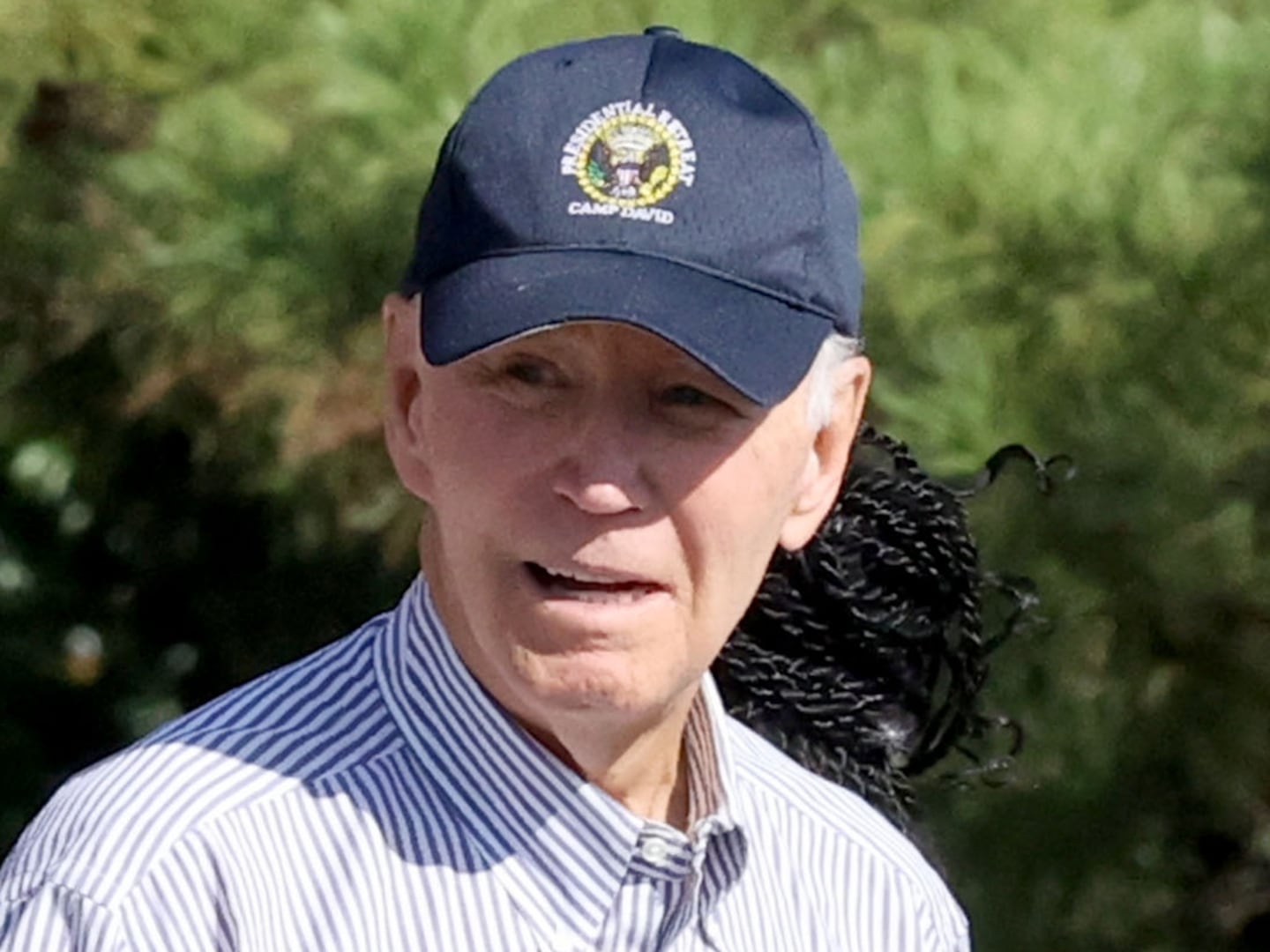Attorney General Eric Holder described the recent massacre of Sikhs in Oak Creek, Wisconsin as “an act of terrorism, an act of hatred, a hate crime.” Four days later, anti-Semitic graffiti was found at Brooklyn Holocaust Memorial Park, and throughout the month of August, a number of mosques have been attacked and desecrated around the country. Official statistics on hate crimes evidence a steady rise of violence against religious communities over the past five years.
Although there are flaws in the FBI’s method of tracking and monitoring hate crimes, their statistics provide a consistent framework to analyze trends. For example, from 2005 to 2010, hate crimes motivated by religious bias show a consistent upward trajectory—whereas hate crimes against religious communities constituted 17.1 percent of all bias-based crimes in 2005, that number has reached 20 percent in the most recent report published in 2010. This is the highest rate of hate crimes motivated by religious bias in the 18 years since the FBI started tracking hate crimes nationwide in 1992.
Furthermore, while one might assume that the pattern of anti-Muslim violence would have decreased a decade after the terrorist attacks of 9/11, official statistics show that hate crimes against Muslims are at their highest levels since 2001. The most recent FBI data indicates that in a one-year period, from 2009 to 2010, there was a staggering 42 percent increase in hate crimes against Muslims in this country.
The recent shooting rampage at a Sikh Gurdwara (house of worship) in Oak Creek, Wisc., emphasizes the importance of allocating adequate resources to prevent domestic terrorist attacks. The shooter, Wade Michael Page, was a member of the Hammerskin Nation, one of the most violent white supremacist groups in the country.
We are deluding ourselves if we do not see the parallel between intolerant or hateful rhetoric and its inevitable consequence. Key issues in our national discourse in 2010 correlate to the rise in anti-Muslim hate crimes. For example, the controversy surrounding the Park 51 Muslim community center in lower Manhattan, the building of “mega-mosques” around the country, and the threat by a Florida pastor to burn the Quran on the anniversary of 9/11—all of these instances contributed to a rising anti-Muslim sentiment in America.
The vitriolic discourse can also be linked to bias-based violence against other communities. For instance, hate crime against the LGBT community has risen 36 percent from 2005 to 2010. This is in part because of the extreme rhetoric of opponents of the marriage equality movement. Such targeted violence is one symptom of a deeper and more widespread illness plaguing this great nation—the discrimination and “othering” of minority communities.
There is a need to observe the specific instances of hate violence within the broader context of discrimination and domestic terrorism. In failing to focus on groups espousing supremacist ideologies, we overlook a major source of the problem. The Southern Poverty Law Center has taken the lead to call on the Department of Homeland Security (DHS) to reassess its use of resources to monitor extremist groups in America.

Daryl Johnson, author of the DHS Report Rightwing Extremism: Current Economic and Political Climate Fueling Resurgence in Radicalization and Recruitment, focuses our attention on the federal government’s oversight in its efforts to understand and monitor hate groups. He has reported that “in the face of enormous media and congressional criticism, DHS made the decision to cancel all of its domestic-terrorism-related reporting and training for law enforcement.”
The 2009 DHS Report highlighted key triggers that potentially motivate hate groups. These triggers included economic downturn, election of a black president, illegal immigration, gun control, and hate groups recruiting military veterans. With the 2012 election in full swing, recognizing these triggers becomes all the more relevant for the safety of officials and law enforcement today.
As a pluralistic nation that cherishes and protects freedom of expression, we must not forget that we also have an affirmative obligation to counter expressions of hate. Lawmakers, community leaders, media, and others in the public consciousness must be aware of the rising threat of hate or bias-related violence, and furthermore, must take responsibility for fighting bigotry and promoting tolerance. Only by amplifying our voices against the rhetoric of hate and the violence that often results can we be a stronger, safer, and more unified nation.
Editor's note: An earlier version of this article reported a 43% increase in hate crimes against Muslims. The correct figure is 42%.







